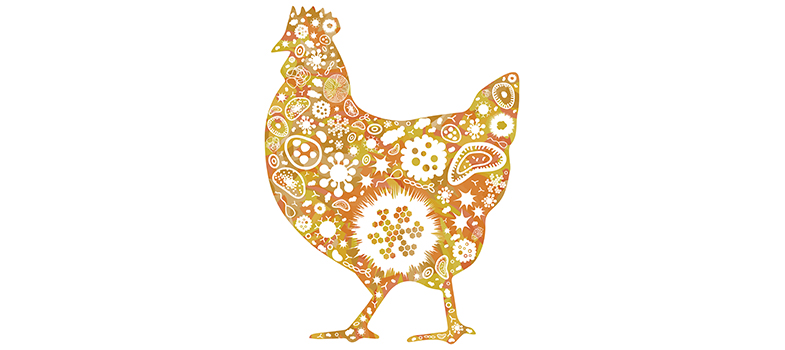1.1.3 Antimicrobials used for growth promotion
‘Growth promotion means the administration of antimicrobial agents to animals only to increase the rate of weight gain or efficiency of feed utilisation.’
In the 1940s, antimicrobial waste products fed to chickens were found to have growth promotion effects. Since then, antimicrobials have been routinely added to animal feed to increase productivity. For a long time, sub-therapeutic levels of antimicrobials in feed were believed to be a nutritional supplement.
The concern with using
- Dosing is at sub-therapeutic levels
- Consumption of medicated feed is relatively uncontrolled in that individual animals consume varying amounts of feed.
This creates an ideal environment for the selection of resistance in

Once it became apparent AGPs contributed to AMR in bacteria carried by animals, nations began imposing regulatory restrictions and prohibitions on their use, with the European Union (EU) beginning the trend in 1997. Today, many countries, including many LMICs, have banned the use of AGPs. According to the latest OIE report on antimicrobial use in animals, 77% of responding countries indicated they did not use any AGPs in animals, either with or without regulatory provisions to impose the demands (OIE, 2020).
There have been unintended consequences from banning AGPs in food animals. After the AGP bans came into effect in the EU, the trend for using antimicrobials for preventative purposes increased. The prohibition of AGPs showed up weaknesses in animal husbandry and biosecurity practices on farms. The AGP bans in the
Not all AGPs are controversial. For example, the
People who advocate for AGPs in animals argue that their use is critical for food security and the economic viability of individuals and nations reliant on agriculture. However, others say that caution should be taken with the continued use of antimicrobials in food animals, given the risk posed to human health. One thing is universally agreed upon: alternatives to AGPs such as vaccination, improved nutrition, hygiene and biosecurity are urgently needed.
Activity 2: Opportunities and innovations in animal health that are mindful of the AMR burden
Take some time to reflect on how you think we can best balance the growing demand for animal protein in LMICs with the projected expansion of intensive farming systems and associated increase in AMU. Are there opportunities and new innovations that can be adopted in animal health sectors that can match supply and demand that don’t increase the overall burden of AMR in animal populations?
Discussion
There are many long-standing practices that help to reduce the burden of animal diseases on farms. For example, implementing strict biosecurity and hygiene practices helps to keep infectious diseases out, while employing good husbandry practices like preventing overcrowding and providing good quality feed and water, improves the overall health and welfare of animals. Using antimicrobial treatment alternatives such as vaccines can reduce the disease burden while probiotics can be used to improve the health and productivity of food animals.
We’ll discuss more about these opportunities to reduce the burden of AMR in food animals throughout this module.
1.1.2 Non-therapeutic uses of antimicrobials in animals



